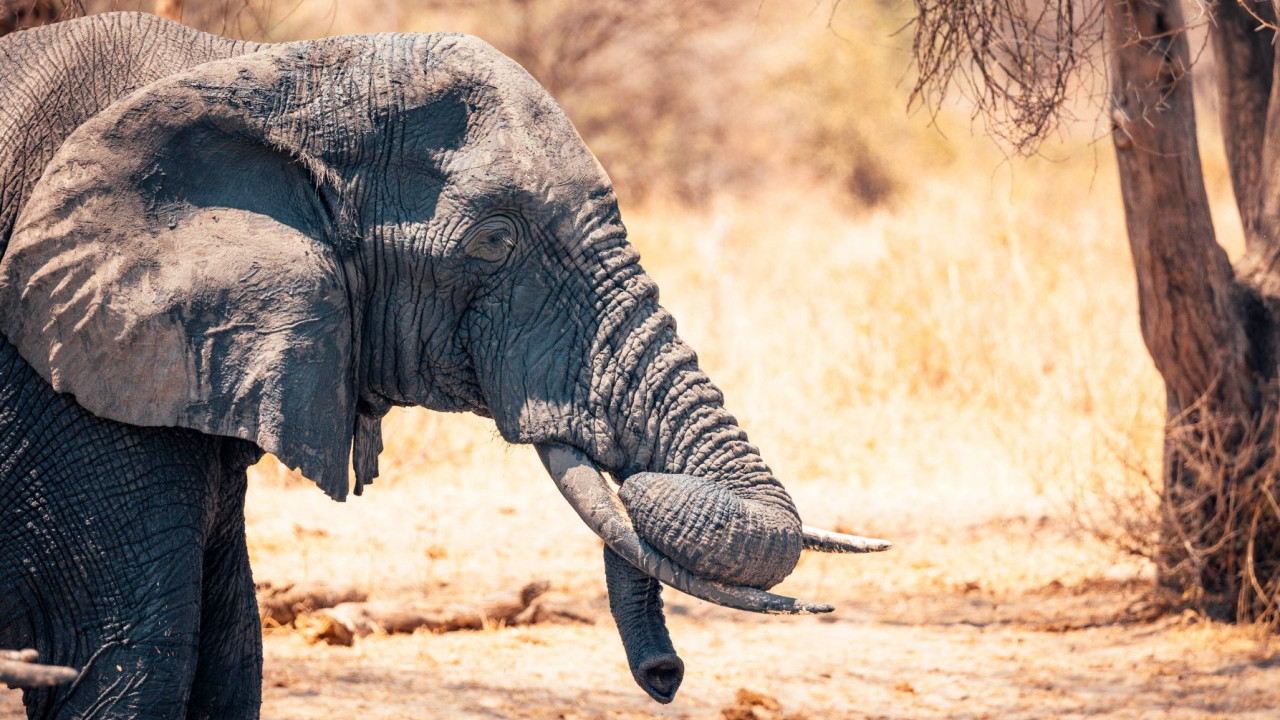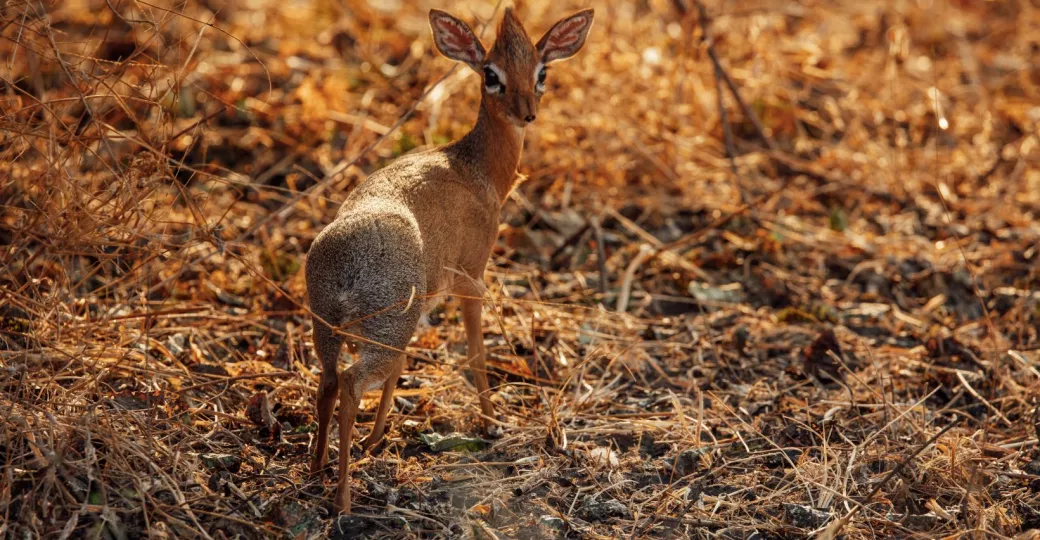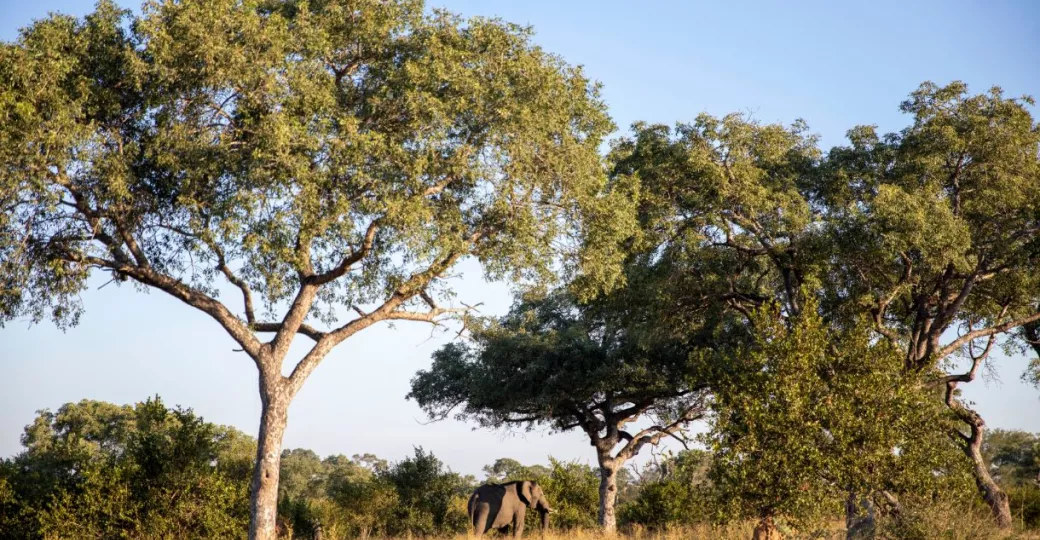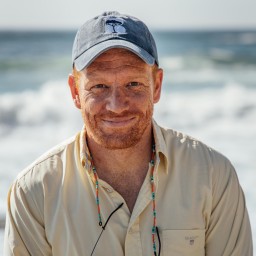
In this notebook entry I will revert to being a trainee guide who is faced with the enormous task of deciphering the bewildering diversity of mammals, birds, reptiles, grasses, trees and everything in between.
Each month we'll take a look at a few members of the flora and fauna tribes in the hope that we can teach you a little something to impress your guide when you arrive on safari.
--
Mammal of the month - Dik Dik

Dik Dik taken at Chem Chem, Tanzania - Toby Pheasant
The Dik Dik is a tiny antelope found predominantly in East Africa. It's an animal that when you see on safari, you can't help but admire. Dik Diks stand only about 30cms high and weigh between 3-6 kilograms - merely an amuse-bouche for a large predator. That being said, they are wily creatures, which I haven't very often seen victim to predation.
They often stick together in a monogamous pair ruling over an empire (territory) of up to 12 acres. Males will demarcate their territories both with dung middens as well as leaving a secretion of their pre-orbital gland on the end of pieces of grass.
Why is it called a Dik Dik? The name comes from the repetitive alarm call a female makes when in danger 'Dik Dik Dik Dik'. Adult hats on please!
Where to stay to see one: Chem Chem Lodge
--
Bird of the month - Long crested eagle

Long Crested Eagle taken at Chem Chem, Tanzania - Toby Pheasant
No prizes given for guessing the origins of this animal's very sensible name. The long crested eagle, is found extensively through Southern and East Africa and easily identified by the long dark crest on its head. The crest is thought to be for territorial and mating displays, although both male and female birds have the crest, so the jury is out.
They feed on small rodents.
Did you know: Most birds of prey lay their eggs asynchronously meaning they often lay their eggs 1-2 weeks apart. Incubation starts immediately, which means the chicks hatch a week or two apart as well.
Where to stay to see one: Kwandwe
--
Tree of the month - Marula - Scelerocarya birrea

Marula Tree taken at Londolozi, South Africa - Campbell Brewer
The Marula tree has been made famous thanks to its fruits being used in the cream liqueur Amarula. There is the common misconception that elephants become drunk off the fruits, sadly this was as a result of some rather dubious marketing from Amarula.
The tree itself is one of my favourites on the continent predominantly because of the tree's shape, I often dream of viewing leopards and lions lounging on their branches. The tree has many uses but most interestingly is the traditional belief of the Venda people that a Marula tree can be used to dictate the sex of an unborn child. Marula trees are dioecious, meaning there are male and female trees. Drinking an infusion of a male tree will, in theory, lead to the birth of a boy, and vice versa.
Where to stay to see one: Londolozi
--

Toby Pheasant
Toby first visited Africa at the tender age of four when he accompanied his family on their first of several safari holidays. From that moment on Toby’s love affair with Africa’s nature and wildlif...
View profileNever miss a notebook entry with our newsletter


